
Understanding the Atterberg limits is crucial in the construction industry because these limits help determine the suitability of soil for various construction projects. The Atterberg limits provide essential insights into soil consistency and behavior under different moisture conditions. By analyzing these limits, engineers can predict how soil will react to stress and changes in moisture, ensuring that the foundations and other structural elements are built on stable ground. This understanding helps prevent construction failures caused by unsuitable soil conditions.
Historical Background
One must know the origins and development of the Atterberg limits, including key contributors such as Albert Atterberg. In the early 20th century, Swedish chemist and agricultural scientist Albert Atterberg emerged as a pivotal figure in the study of fine-grained soils. Atterberg’s research, conducted around 1911, was motivated by a desire to understand how moisture content influenced the consistency and workability of soils, especially those rich in clay and silt. Through a series of meticulous laboratory experiments, Atterberg identified and defined several critical water content thresholds that marked the transitions between different states of soil: solid, semi-solid, plastic, and liquid. These thresholds became known as the Atterberg limits. Atterberg’s work provided the first systematic method for classifying fine-grained soils based on their plasticity and behavior under varying moisture conditions, an innovation that laid the groundwork for future advances in soil mechanics.

The significance of Atterberg’s findings quickly gained recognition beyond agricultural science, particularly as the need for reliable soil classification methods grew in civil engineering and infrastructure development. However, the practical application of Atterberg’s limits in engineering contexts required further refinement and standardization. Austrian-born geotechnical engineer Arthur Casagrande led this next phase of development in the 1930s. Casagrande, working in collaboration with the renowned soil mechanics pioneer Karl Terzaghi, played a crucial role in adapting Atterberg’s conceptual framework for use in engineering practice. He developed standardized laboratory procedures and apparatus for measuring the liquid and plastic limits of soils with improved accuracy and repeatability. Casagrande’s work ensured that Atterberg limit tests could be conducted consistently across different laboratories and projects, transforming them into essential tools for soil classification and foundation design.
The collaboration and mutual influence between Atterberg, Casagrande, and Terzaghi were instrumental in establishing the Atterberg limits as a cornerstone of modern geotechnical engineering. Casagrande’s refinements not only enhanced the reliability of the tests but also facilitated their adoption in engineering standards and codes of practice worldwide. As a result, the Atterberg limits became integral to assessing soil properties, informing decisions on site suitability, foundation design, and construction methods. Today, the legacy of Albert Atterberg’s original insights, combined with the practical innovations introduced by Casagrande and the theoretical contributions of Terzaghi, continues to shape the field of soil mechanics and underpins the safe and effective design of infrastructure around the globe.
Types of Atterberg Limits
Understanding the types of Atterberg limits is fundamental for anyone involved in soil mechanics or construction, as these limits provide a scientific basis for classifying soil consistency and predicting its behavior under varying moisture conditions. The three main types each mark a critical transition in the physical state of fine-grained soils. By identifying these thresholds, engineers and geotechnical professionals can assess the suitability of soils for different construction applications and anticipate potential challenges related to soil stability and workability.
- Liquid Limit (LL): The liquid limit is the moisture content at which soil changes from a plastic to a liquid state. At this threshold, soil loses its ability to retain its shape and begins to flow like a viscous liquid. The liquid limit is crucial for classifying soil consistency, as it indicates the upper boundary of plastic behavior. Soils with a high liquid limit tend to be more compressible and less stable, making this measurement essential for evaluating risks associated with foundation settlement and structural integrity.
- Plastic Limit (PL): The plastic limit defines the lowest moisture content at which soil can still be molded without cracking. Below this point, the soil transitions from a plastic to a semi-solid state and loses its flexibility. Determining the plastic limit helps engineers understand a soil’s workability and its resistance to deformation during construction. The plastic limit, in combination with the liquid limit, allows for the calculation of the plasticity index, which further refines soil classification and informs decisions about soil handling and stabilization.
- Shrinkage Limit (SL): The shrinkage limit is the moisture content at which further drying of soil does not result in additional volume reduction. This limit marks the transition from a semi-solid to a solid state, where soil particles are packed as closely as possible. The shrinkage limit is particularly important for identifying soils prone to excessive shrinking or swelling, which can cause ground movement and threaten the stability of structures. Although less commonly measured than the other limits, it provides valuable insights for projects where volume change is a concern.
- Role in Classifying Soil Consistency: Together, the liquid limit, plastic limit, and shrinkage limit define the boundaries between the different states of soil consistency: liquid, plastic, semi-solid, and solid. By measuring these limits, engineers can classify soils as clays or silts and assess their plasticity and stability. This classification system is integral to geotechnical engineering, as it guides the selection of appropriate construction techniques and helps mitigate risks associated with soil movement, ensuring safer and more durable infrastructure.
The main types of Atterberg limits serve as essential benchmarks for understanding and managing the behavior of fine-grained soils. Their accurate determination enables more effective soil classification, risk assessment, and the design of construction strategies that account for the unique properties of each site.
Test Procedures and Equipment
Laboratory determination of the Atterberg limits is essential for accurately assessing soil consistency and predicting its behavior under varying moisture conditions. Standardized methods and specialized equipment ensure repeatable, reliable results that underpin geotechnical analysis and construction planning. Below are the primary procedures and tools used in professional soil laboratories to measure the Atterberg limits.
- Casagrande Cup Method for Liquid Limit: In this test, a soil sample is placed into a metal cup, and a groove is cut through the center using a standardized tool. The cup is then repeatedly dropped from a fixed height onto a hard rubber base using a crank mechanism. The number of drops required to close the groove over a specified distance is recorded, and the moisture content at which this occurs is defined as the soil’s liquid limit.
- Fall Cone (Cone Penetrator) Test for Liquid Limit: The fall cone test, also known as the cone penetrometer method, is an alternative approach for measuring the liquid limit, especially prevalent in Europe. This method involves allowing a standardized stainless steel cone of known mass and geometry to penetrate a prepared soil sample under its own weight. The depth of penetration is measured, and the liquid limit is determined as the water content at which the cone penetrates to a specified depth, usually 20 mm. This method reduces operator variability and is recommended by several standards.
- Plastic Limit Determination: To determine the plastic limit, a portion of soil is rolled by hand on a flat, non-porous surface into threads of approximately 3 mm diameter. The process is repeated until the soil thread crumbles at this standard diameter, indicating the transition from plastic to semi-solid state. The moisture content at this point is measured and recorded as the plastic limit. This simple, hands-on method helps assess the soil’s workability and its capacity to be molded without breaking.
- Essential Laboratory Equipment: Accurate Atterberg limits testing relies on a suite of specialized tools and apparatus. Key equipment includes the Casagrande liquid limit device (cup and grooving tool), fall cone penetrometer, glass or acrylic rolling plates for the plastic limit test, moisture content containers, spatulas, and laboratory ovens for drying samples. Consistent sample preparation is also critical, often requiring sieves, mixers, and balances with high precision. Proper use of this equipment ensures standardized, reproducible results across different laboratories.
The use of standardized procedures like the Casagrande cup and fall cone methods, combined with precise laboratory tools, allows engineers to determine the Atterberg limits confidently. These tests form the foundation for soil classification and inform crucial decisions in construction and geotechnical engineering.
Calculating Derived Soil Indices and Their Significance
Knowing how to calculate related soil indices like the plasticity index, liquidity index, consistency index, flow index, toughness index, and activity number, as well as their significance in soil analysis, is important. In geotechnical engineering, derived soil indices calculated from the Atterberg limits are essential tools for interpreting soil behavior and predicting performance under varying site conditions. These indices—plasticity index (PI), liquidity index (LI), consistency index (CI), flow index (If), toughness index (TI), and activity number (A)—are all mathematically derived from laboratory measurements of the liquid limit (LL), plastic limit (PL), natural water content (W), and the clay fraction of the soil. To begin, the plasticity index (PI) is determined by subtracting the plastic limit from the liquid limit (PI = LL – PL). This value quantifies the range of moisture content over which a soil remains plastic, serving as a direct indicator of clay content and the soil’s potential for volume change. High PI values suggest soils with significant clay content that are more likely to swell or shrink with moisture fluctuations, which is critical for assessing the risk of ground movement beneath structures. The liquidity index (LI) is calculated using the formula LI = (W – PL) / PI, where W is the natural water content. This index provides insight into the current state of the soil relative to its plastic and liquid limits; values above 1 indicate a soil approaching a liquid state, while values below 0 indicate a soil in a semi-solid or solid state. Understanding LI helps engineers predict workability and the likelihood of soil deformation during construction.

The consistency index (CI), given by CI = (LL – W) / PI, is closely related to the liquidity index but emphasizes the soil’s firmness and relative shear strength. A higher CI indicates a firmer, more stable soil, while lower values suggest a softer, less stable condition. The flow index (If) is derived from the slope of the flow curve plotted during the liquid limit test, representing the rate at which a soil transitions from plastic to liquid states as moisture increases. This index is particularly useful for understanding how rapidly a soil can lose strength with increasing water content, which is vital for anticipating failure modes in embankments or foundations.
The toughness index (TI) is calculated as the ratio of the plasticity index to the flow index (TI = PI / If). It measures the soil’s resistance to deformation within the plastic range, with higher values indicating soils that are more robust and less prone to cracking or breaking under stress. Lastly, the activity number (A) is determined by dividing the plasticity index by the percentage of clay-sized particles (A = PI / clay fraction). This index identifies how reactive a soil is to changes in moisture—a high activity number signals soils that will undergo significant volume changes, posing challenges for construction stability. Collectively, these indices enable engineers to classify and compare soils, forecast behavior under load and environmental changes, and design effective mitigation strategies for problematic soils. By integrating these calculations into soil analysis, professionals can make informed decisions that enhance the safety, durability, and cost-effectiveness of civil engineering projects.
Understanding Liquid Limit (LL)
Definition and Importance
The Liquid Limit (LL) of soil is a critical geotechnical engineering metric that defines the moisture content at which soil transitions from a plastic to a liquid state. This limit is essential because it influences soil bearing capacity and stability, thereby impacting construction and engineering projects. The higher the liquid limit, the greater the water content a soil can hold before it behaves like a liquid.
How to Measure
Measuring the liquid limit is typically conducted using the Casagrande cup method, a standardized procedure in soil testing. This method involves placing a portion of soil in a brass cup and dividing it with a groove. The cup is repeatedly dropped from a fixed height until the groove closes over a specified distance due to the soil's flow. The water content at this point is recorded as the liquid limit. This test is practical and provides a reproducible measure of soil consistency that is crucial for comparing soil samples and their suitability for construction purposes.
Behavior of Soils at the Liquid State
When soils reach their liquid limit, their behavior changes significantly, impacting their load-bearing abilities. At this stage, the soil particles are sufficiently lubricated by water that they can move freely past each other, resembling a liquid flow. This transformation affects the soil's structural integrity, making it unsuitable for supporting heavy loads. Recognizing the implications of the liquid state helps engineers and builders avoid areas with high liquid limits or take corrective measures, such as soil stabilization, to enhance safety and functionality in construction projects.
Implications for Soil Stability and Design
Soils with high liquid limits are prone to considerable deformation and shifting, undermining the stability of structures built on them, leading to issues like subsidence or foundation failure. By understanding and incorporating the liquid limit into construction designs, engineers can implement strategies such as soil replacement, compaction, or geosynthetic reinforcement to enhance the safety and longevity of construction projects.
Exploring the Plastic Limit (PL)
What the Plastic Limit Reveals About Soil Behavior
It provides valuable insights into the soil's workability and its capacity to be molded or shaped without cracking. Determining the plastic limit is crucial for projects involving earth molding, as it helps assess the soil's flexibility and suitability for construction tasks. A lower plastic limit indicates a soil that is less flexible and more prone to cracking when dry, guiding construction decisions, especially in arid climates where soil moisture varies significantly. To ascertain the transition to a semi-solid state, the soil is gradually dried and rolled into threads until it begins to crumble at a standard diameter. This test pinpoints the moisture level at which the soil can no longer be manipulated without breaking apart. Comprehending the soil's physical characteristics under varying moisture conditions is essential for managing earthworks and ensuring the materials used are handled within their capacity to avoid structural failures.
Influence of Plastic Limit in Soils
Soils with a higher plastic limit are generally more ductile and easier to work with, which is advantageous for shaping features like embankments or compacted layers in road construction. In contrast, soils with a low plastic limit may pose challenges during dry conditions, as they are more difficult to manipulate and compact. Recognizing these traits allows engineers to select appropriate soil types for specific tasks, enhancing efficiency and ensuring the stability of the constructed structures.
Calculating and Interpreting the Plasticity Index (PI)
How to Calculate
Calculating the PI involves subtracting the Plastic Limit (PL) from the Liquid Limit (LL): PI = LL - PL. This index is vital for understanding soil’s workability and its potential expansion and contraction properties, which directly impact structural stability in construction. The process for calculating the Plasticity Index involves several steps:
- Determine the Liquid Limit (LL): As previously discussed, this is the moisture content at which soil transitions from a plastic to a liquid state. To accurately determine the LL, engineers typically use standardized methods such as the Casagrande cup test, where soil samples are carefully prepared to achieve a uniform consistency before being subjected to controlled impacts. In this test, the soil is placed in a small brass cup and repeatedly struck with a standard tool until the groove made in the soil closes by a specific distance. The number of blows required and the moisture content at which this occurs are meticulously recorded. This process is repeated on several samples to ensure that the resulting value is both reliable and representative of the entire site.
- Measure the Plastic Limit (PL): This is the lowest moisture content at which soil can still be rolled into threads without crumbling. It is determined by physically manipulating the soil until it begins to break apart at a standardized diameter.
- Subtract the PL from the LL: The difference between these values gives the Plasticity Index, which quantifies the soil’s plasticity range.
By assessing the PI, engineers and builders can measure how much soil will expand or contract with changes in moisture content. This information is critical for designing foundations and other structures that must endure varying environmental conditions.
What PI Tells Us About Soil Deformability
Soils with a high PI are typically clay-heavy and can undergo significant deformation before reaching a failure point. This attribute is particularly relevant in the context of structural engineering, where the deformability of foundation materials must be well understood to avoid catastrophic failures. Soils with a low PI are less deformable and offer more stability, though they are less forgiving when subjected to stresses beyond their limit.
Plasticity Index in Clay
High PI values in these soils suggest a significant potential for volume change in response to moisture variations, which can lead to issues like swelling, shrinkage, and even soil heave. Such behaviors are crucial to consider in the design of building foundations and other structures that require a stable base to prevent structural damage over time. By closely monitoring and analyzing the PI, engineers can implement strategies such as soil stabilization or choose alternative construction sites to mitigate these risks effectively. Awareness of these properties allows for preemptive measures, such as adjusting building designs, selecting suitable construction materials, and implementing drainage solutions that can handle expected soil movements. A proactive approach minimizes construction delays, budget overruns, and potential failures, enhancing projects' overall success and sustainability.
Soil Classification Using Atterberg Limits
Role of Limit Values in Identifying Problem Soils
Soils with extreme Atterberg limits—either too high or too low—are often indicative of potential issues such as excessive shrinkage, swelling, or poor load-bearing capacity. Recognizing these values early in the site evaluation process enables engineers to devise strategies to mitigate risks associated with these soils, such as using soil stabilization techniques or selecting alternative building methods. This foresight helps in avoiding costly adjustments and delays during the construction phase, ensuring that projects remain on schedule and within budget.
Applications in Foundation and Earthwork Design
These limits inform the selection of suitable earthwork techniques and foundation types, depending on soil plasticity and consistency. Soils with a high PI may require deeper foundations to mitigate the effects of swelling or the use of heavier compaction equipment to ensure stability. On the other hand, low PI soils may be more appropriate for shallow foundations, although they may require additions to increase their capacity to withstand moisture and support weight.
Applying Atterberg Limits in Real-World Construction
How Atterberg Tests Inform Site Preparation
Site preparation is a critical phase in any construction project, and the role of Atterberg tests in this process cannot be overstated. These tests provide essential insights into the behavior of soils, allowing engineers to make informed decisions that ultimately affect the stability and longevity of the structure. It involves several key steps:
- Conducting Preliminary Soil Testing: This step is crucial to gain a comprehensive understanding of the soil’s variability and inherent characteristics across the site. Engineers and geotechnical experts employ rigorous sampling protocols to ensure that the collected specimens represent the entire area. These samples undergo a series of standardized tests that determine basic physical properties such as moisture content, grain size distribution, and consistency. Preliminary testing also serves as an early diagnostic tool, flagging any immediate issues like excessive moisture or unusual soil textures that might compromise the foundation. By carefully analyzing these initial results, professionals can identify zones with significant heterogeneity in soil properties, which is critical for designing tailored remedial measures. Moreover, the data collected during this phase lay the groundwork for subsequent Atterberg tests, enabling a detailed investigation into soil plasticity and workability.
- Analyzing Test Results: Once the preliminary Atterberg limits soil testing is complete, the next step involves a detailed analysis of the Atterberg test results. This phase focuses on quantifying key parameters such as the liquid limit, which indicates the moisture content at which soil transitions from a plastic to a liquid state; the plastic limit, which defines the moisture content below which the soil maintains its shape; and the plasticity index, which measures the range of moisture content over which the soil exhibits plastic behavior.
- Mapping Soil Variability: After analyzing the results from Atterberg tests, the next phase in site preparation involves creating a detailed map that highlights the spatial variability of soil properties across the construction area. This mapping process is essential for visualizing differences in soil behavior, which can have significant implications for the project's structural integrity. Engineers use advanced geotechnical software and geographic information systems (GIS) to integrate test data with spatial coordinates, producing comprehensive maps delineating zones of varying plasticity, moisture content, and workability. These maps serve as a powerful tool for identifying problematic areas where the soil may be overly plastic or unstable, which could lead to differential settlement or other construction challenges. By understanding the spatial distribution of soil properties, engineers can design targeted interventions and tailor construction techniques to address specific site conditions. The mapping also aids resource allocation by highlighting regions requiring additional stabilization efforts or more intensive soil treatment.
- Deciding on Soil Treatments: The final stage in leveraging Atterberg tests for site preparation is deciding on the most effective soil treatments based on the comprehensive analysis and mapping of the site. This decision-making process involves selecting appropriate stabilization methods to modify soil properties and ensure compliance with the required construction criteria. When test results reveal undesirable characteristics such as high plasticity or excessive moisture sensitivity, engineers may recommend a range of treatments, including adding lime, cement, or other chemical stabilizers to enhance soil strength and reduce plasticity. In some cases, mechanical interventions such as compaction or the incorporation of geosynthetic materials may also be employed to improve load-bearing capacity and minimize the risk of settlement. These treatments are carefully calibrated to address the specific challenges identified through Atterberg tests, ensuring that the soil achieves a balanced state conducive to supporting heavy structures.
From the meticulous collection of preliminary samples to the in-depth analysis of test results, mapping of soil variability, and informed decisions on treatment methods, each step is essential in creating a stable foundation for successful project execution.

Integrating Soil Behavior Insights into Planning
For construction planning to be successful, it is essential to incorporate knowledge of soil behavior. The Atterberg limits in soil provide a quantitative measure of soil consistency changes with moisture, which is essential for anticipating the soil’s physical responses during construction and its lifespan. This information helps in creating more robust building designs that can accommodate potential soil movements and moisture variations, enhancing the resilience and safety of structures. Effective integration of these insights leads to better risk management and more accurate forecasting of construction outcomes.
Leveraging data on soil consistency through Atterberg limits for construction significantly enhances the success rate of building projects. This detailed understanding of soil properties helps inform decisions that optimize design and construction practices for the specific characteristics of the site soil. Knowing the plasticity index helps in predicting the soil's behavior under load and moisture change, which is essential for designing foundations and other load-bearing structures. Analyze, classify, and source soil more efficiently with real-time data and digital tools from Soil Connect. Integrating these soil parameters into project planning reduces unforeseen issues, ensuring that structures are built to last.

.svg)





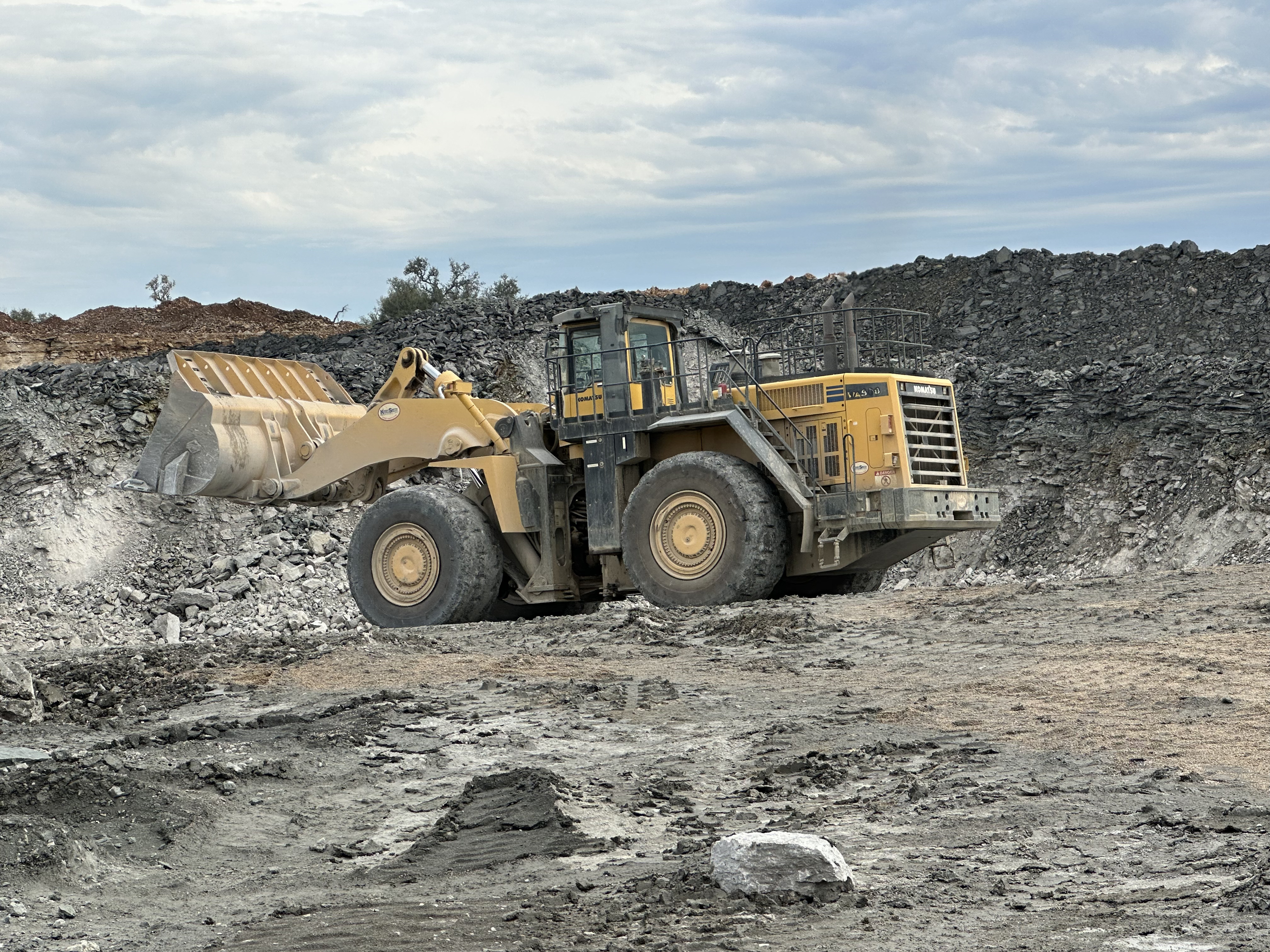




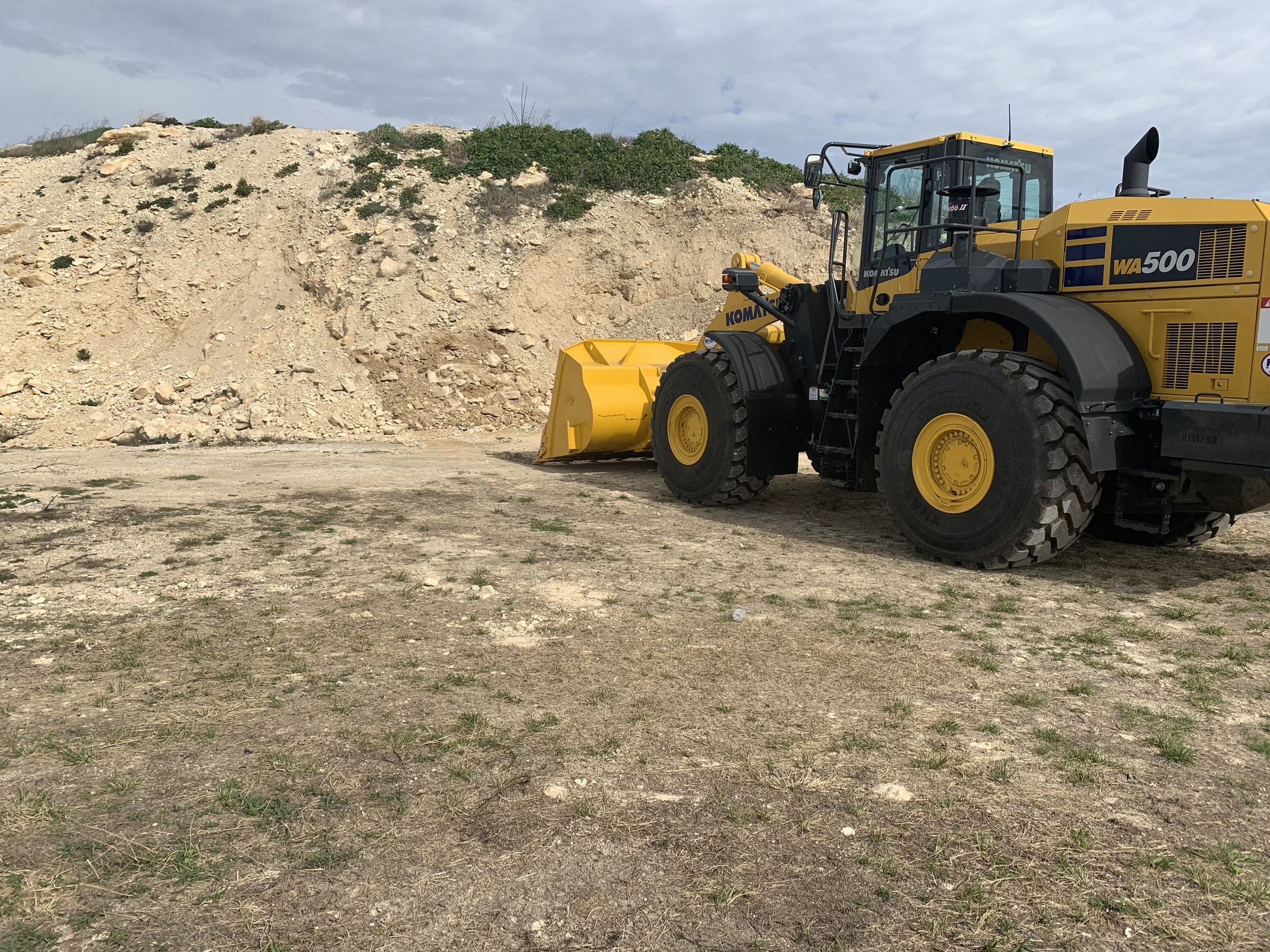
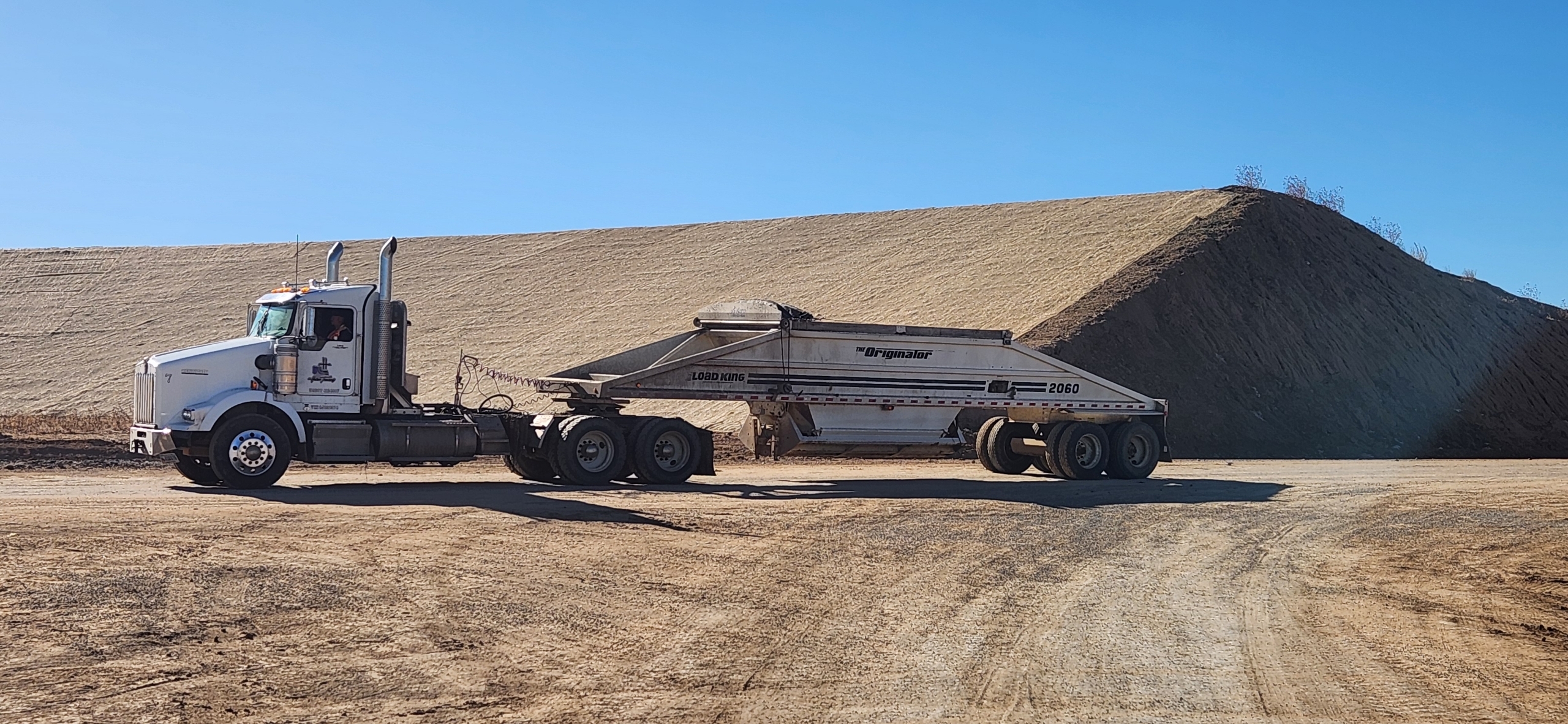
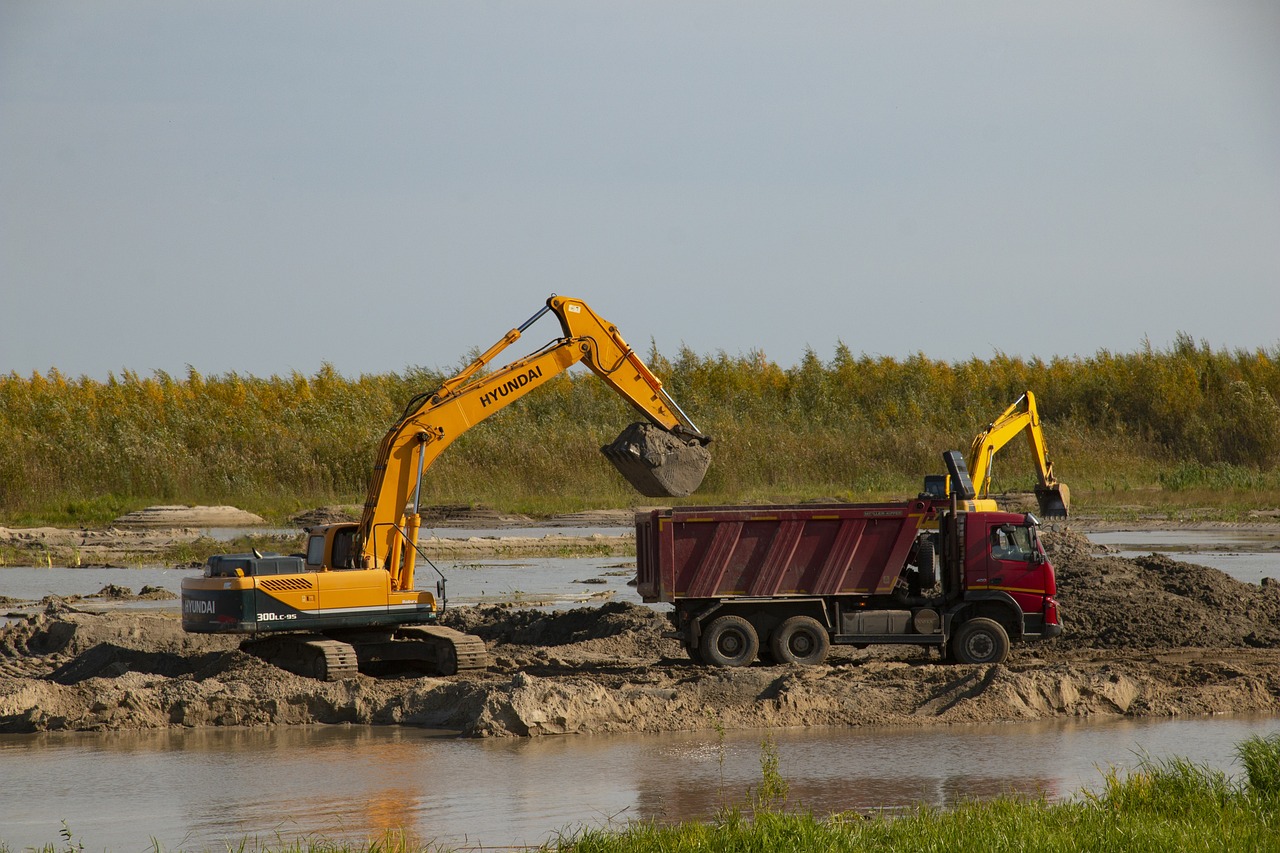

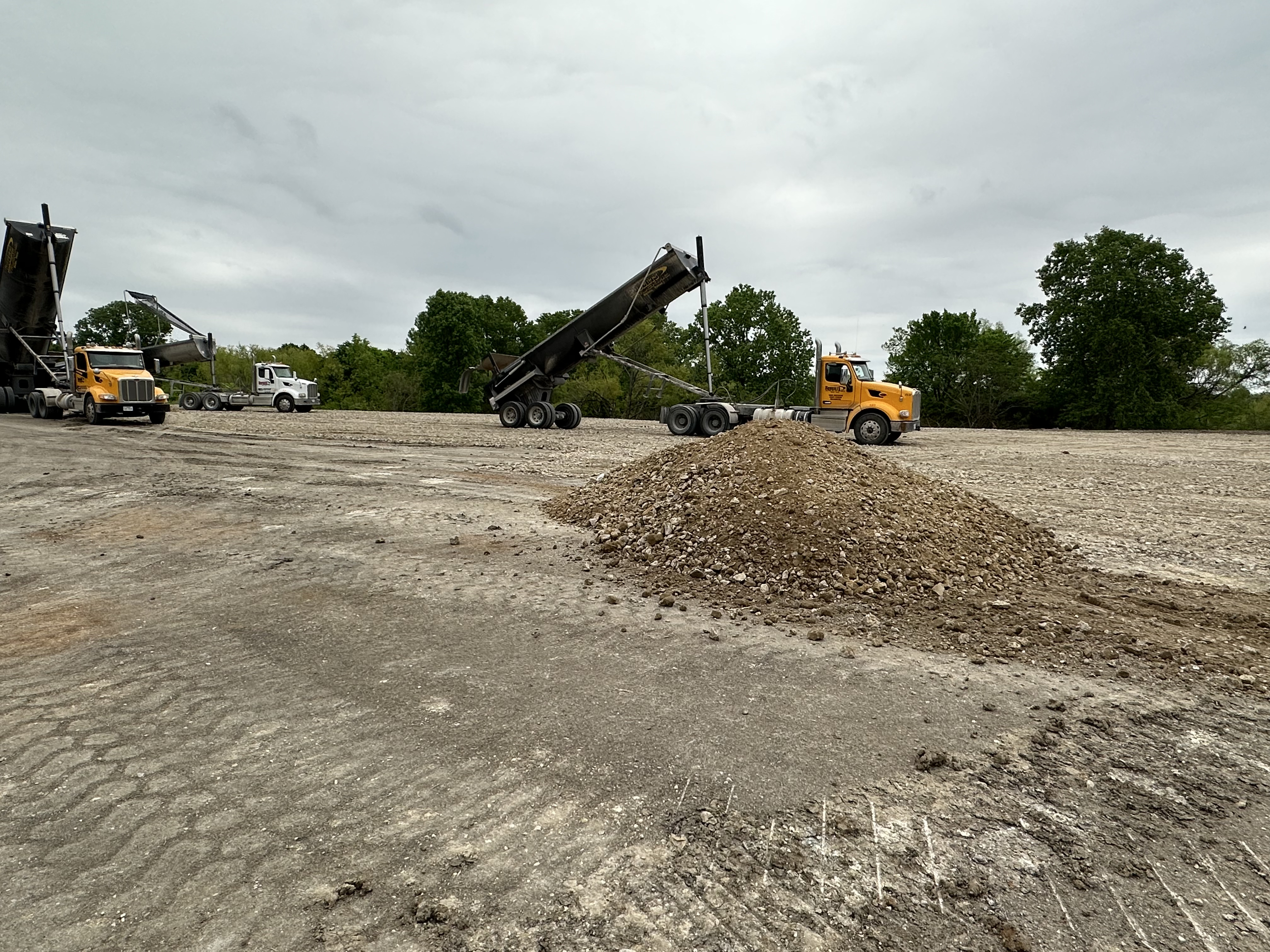

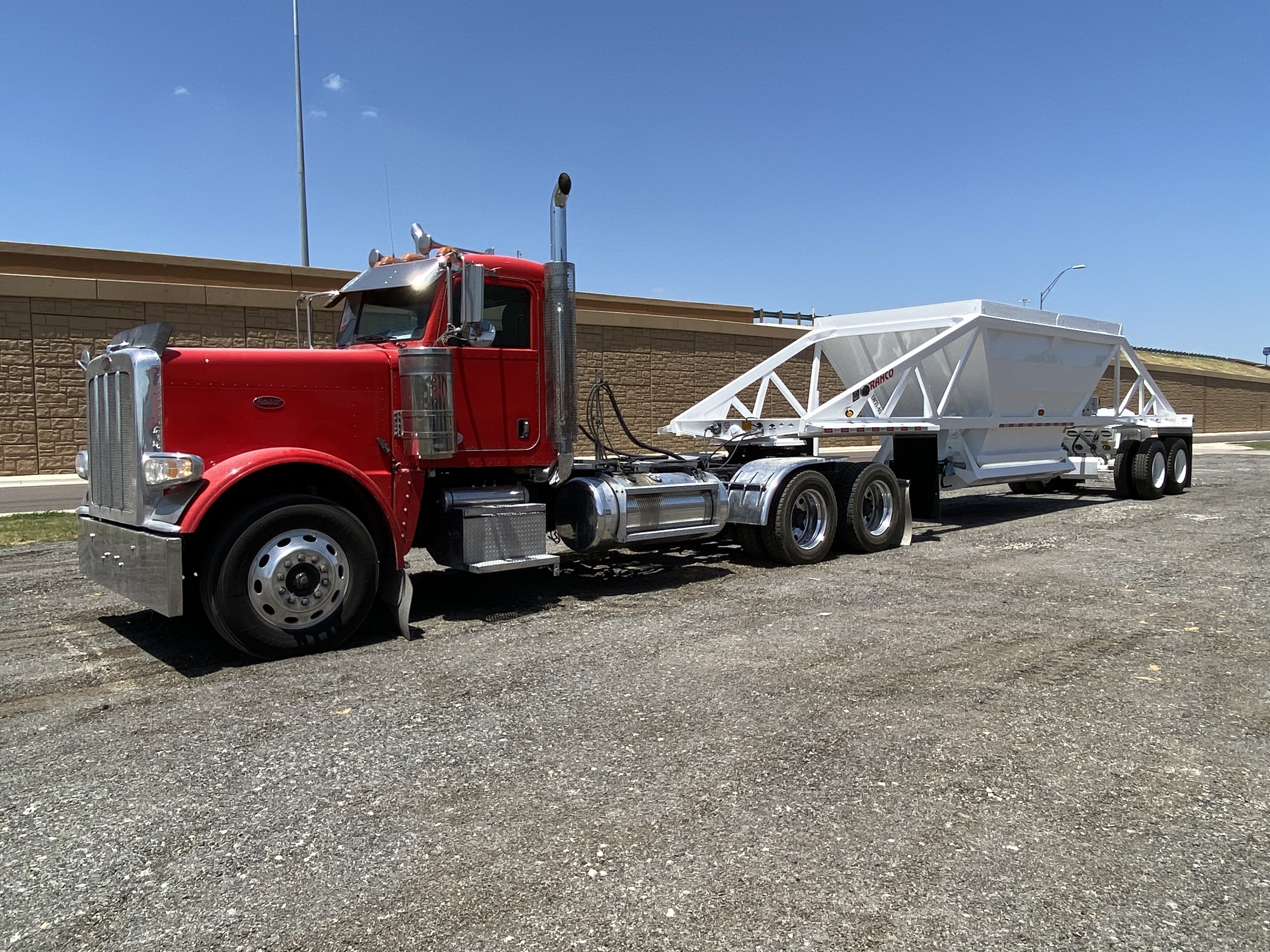
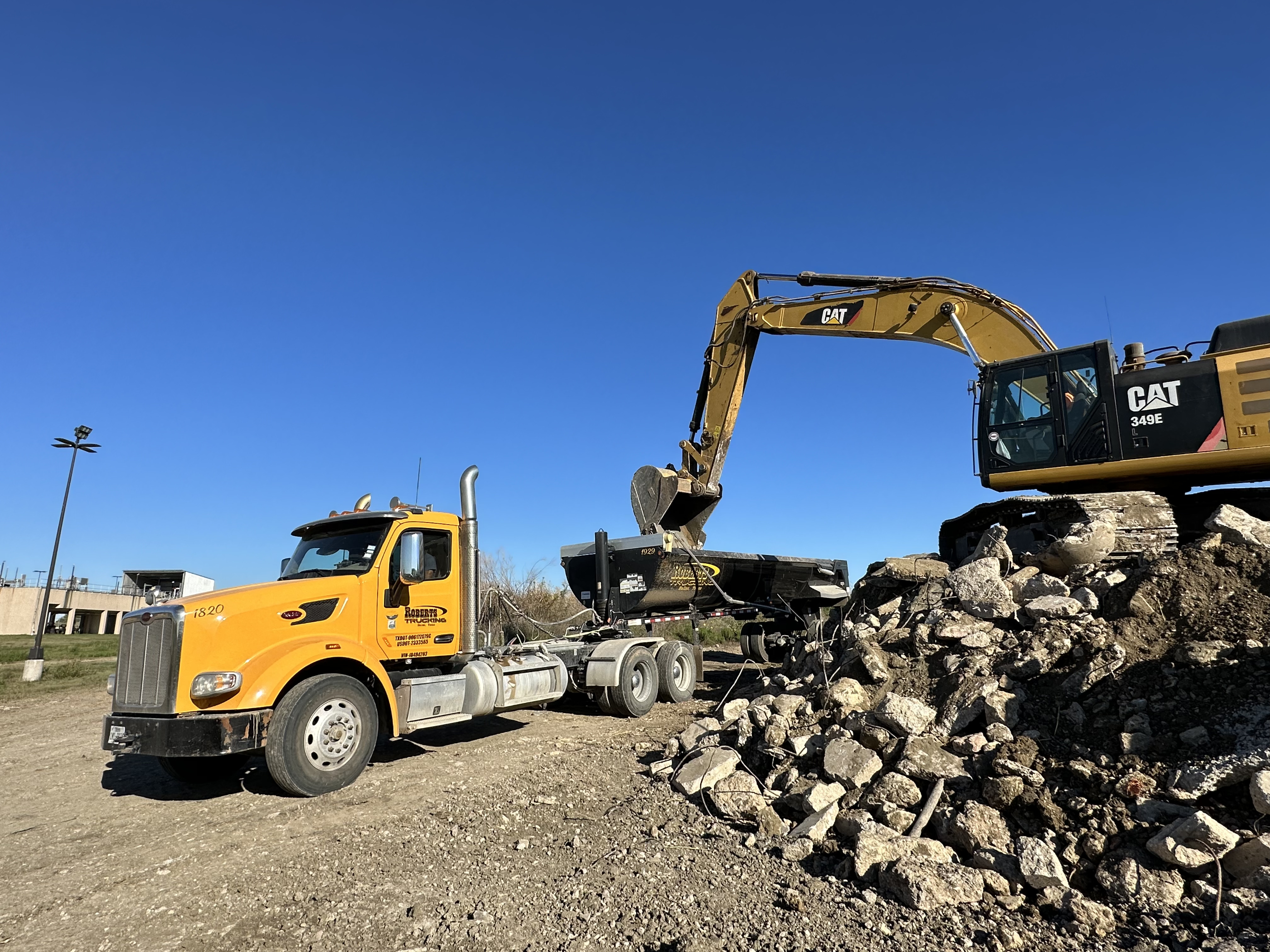
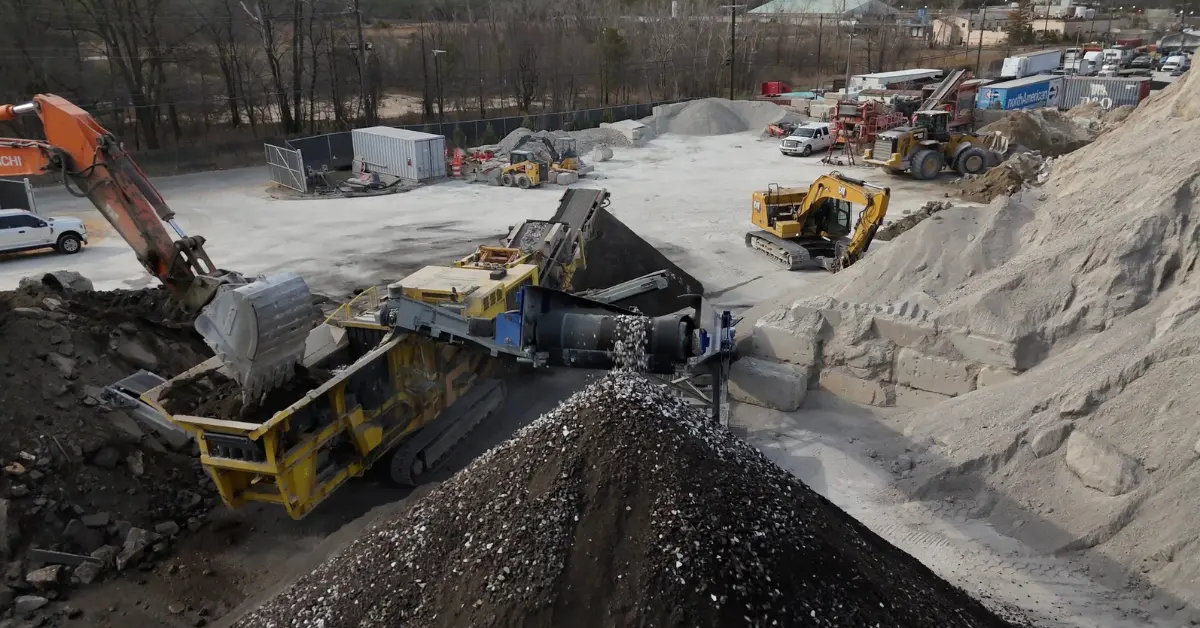
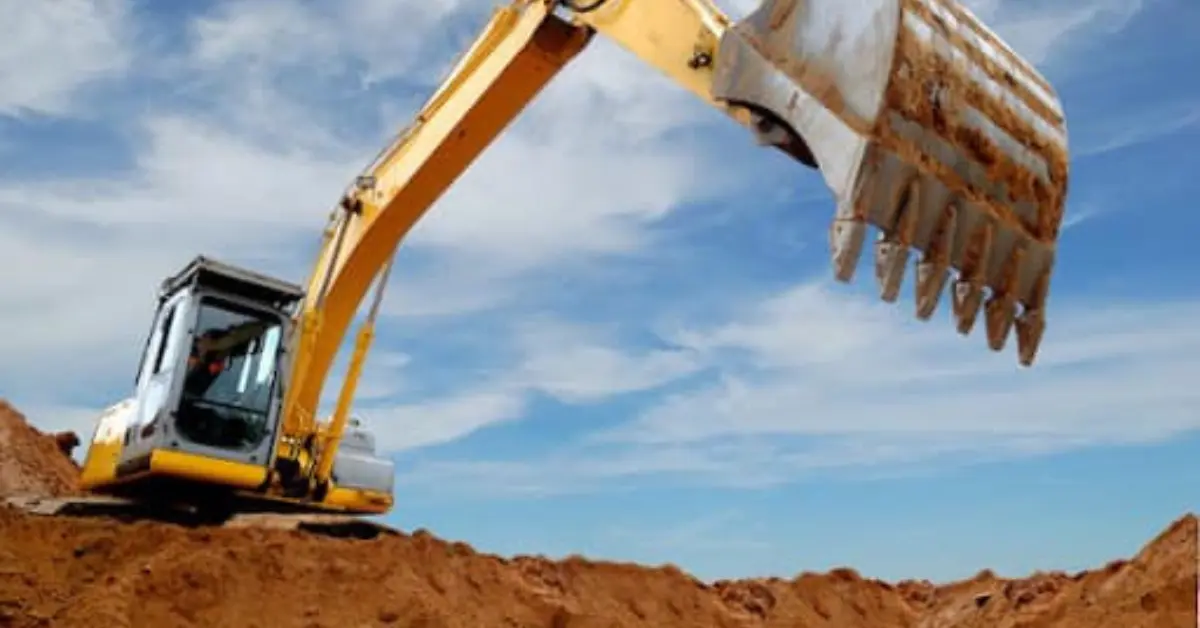
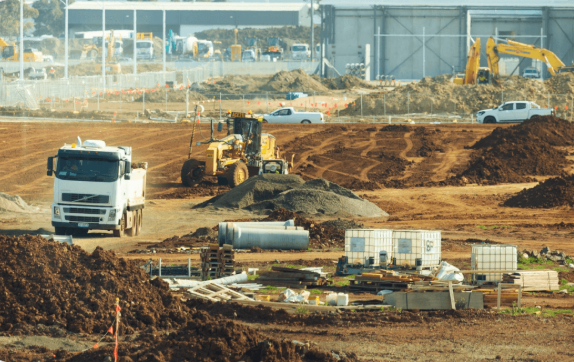
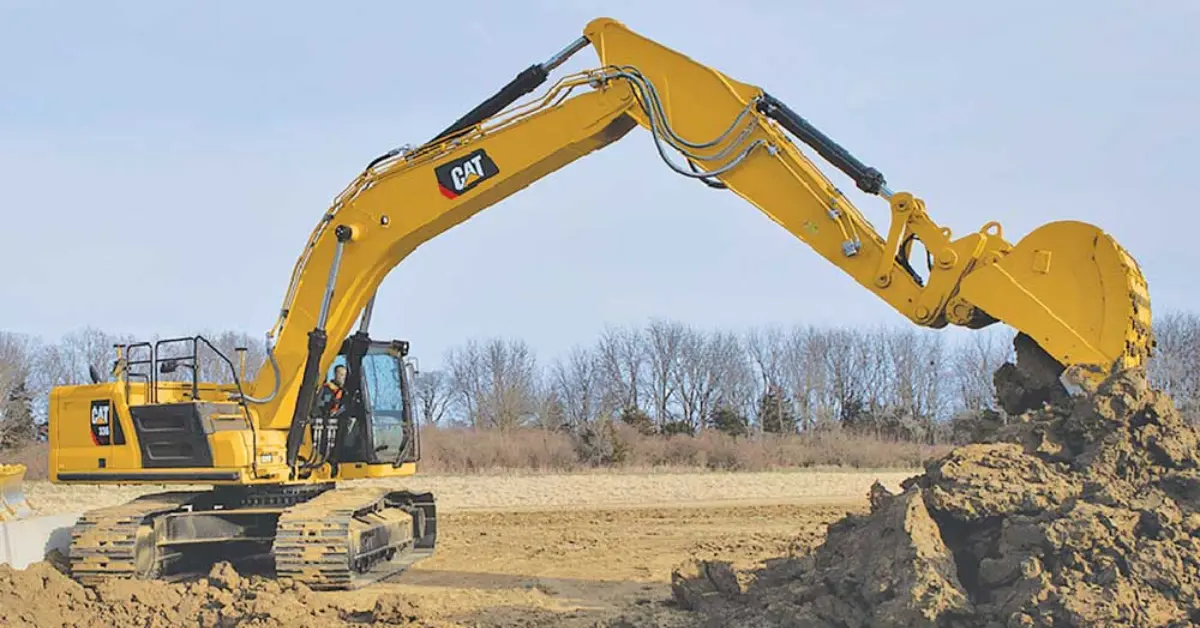
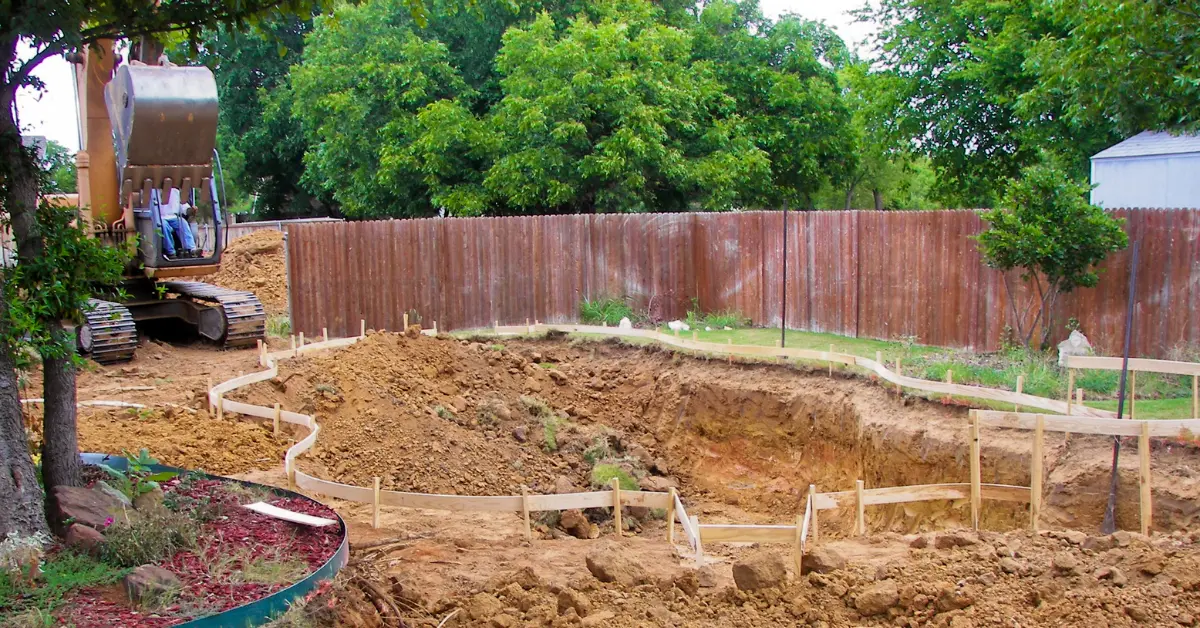
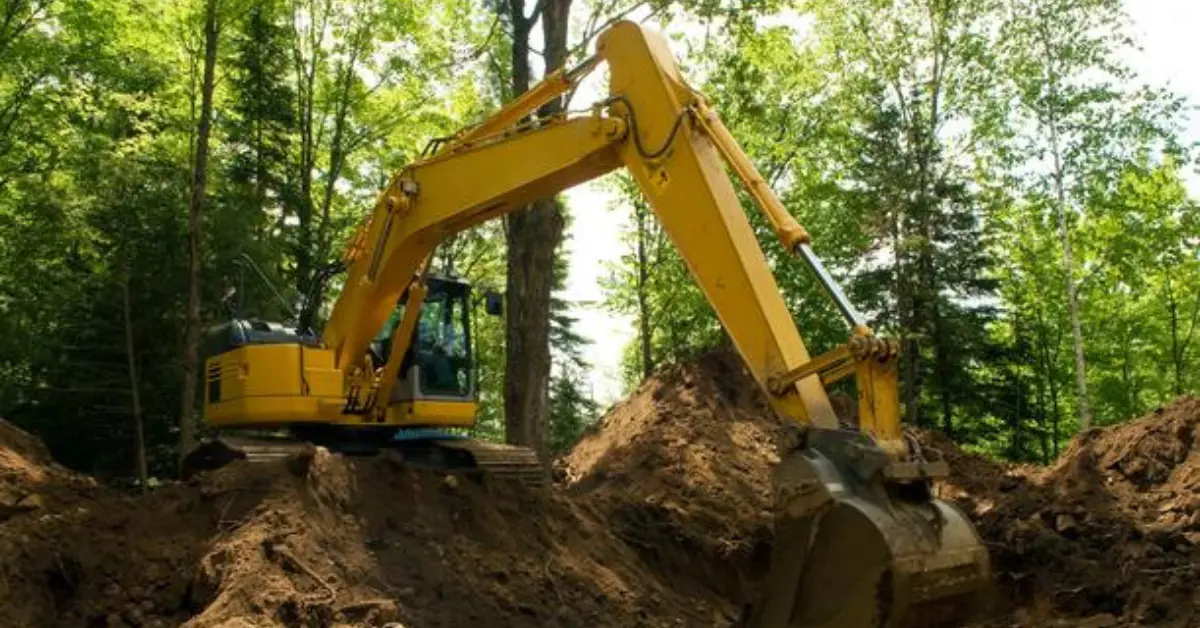
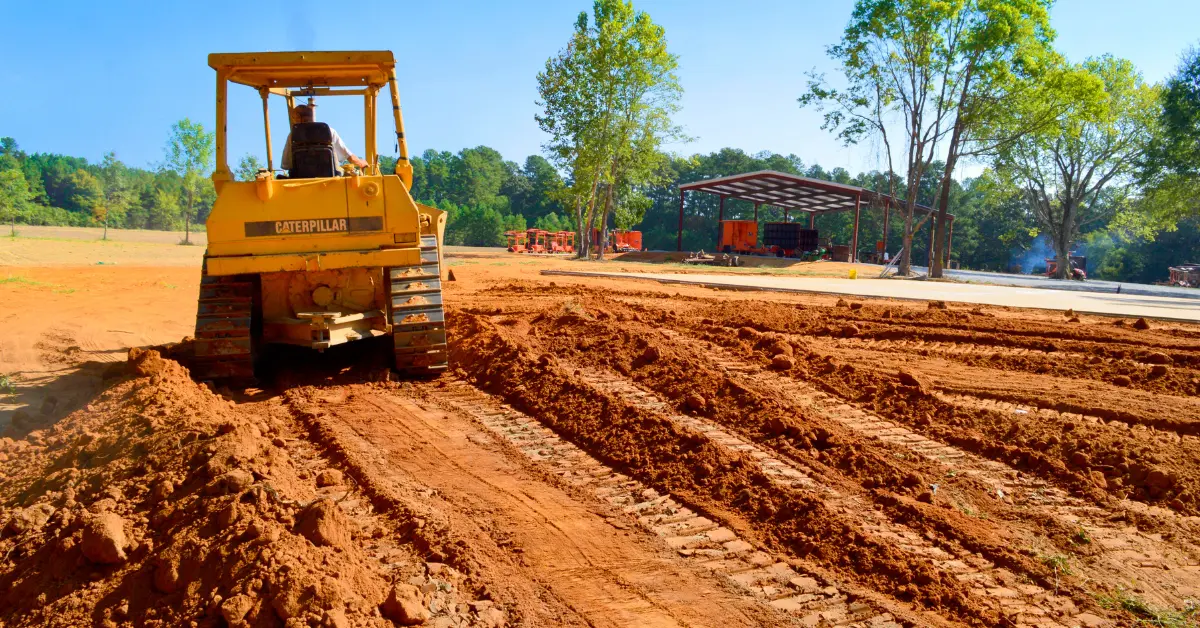
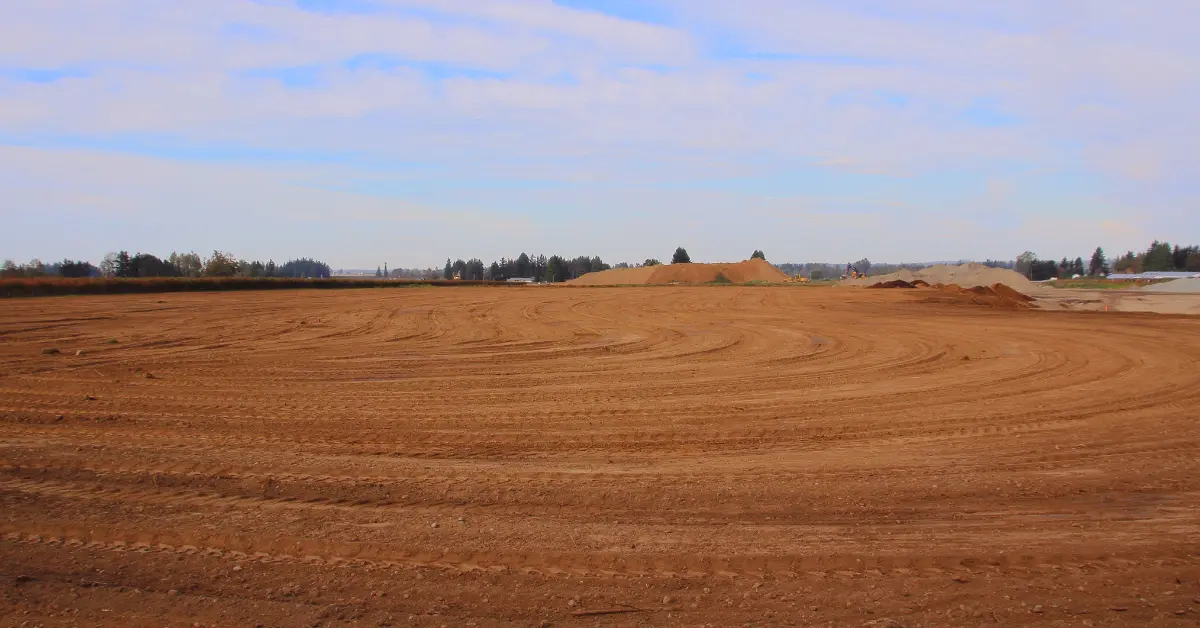



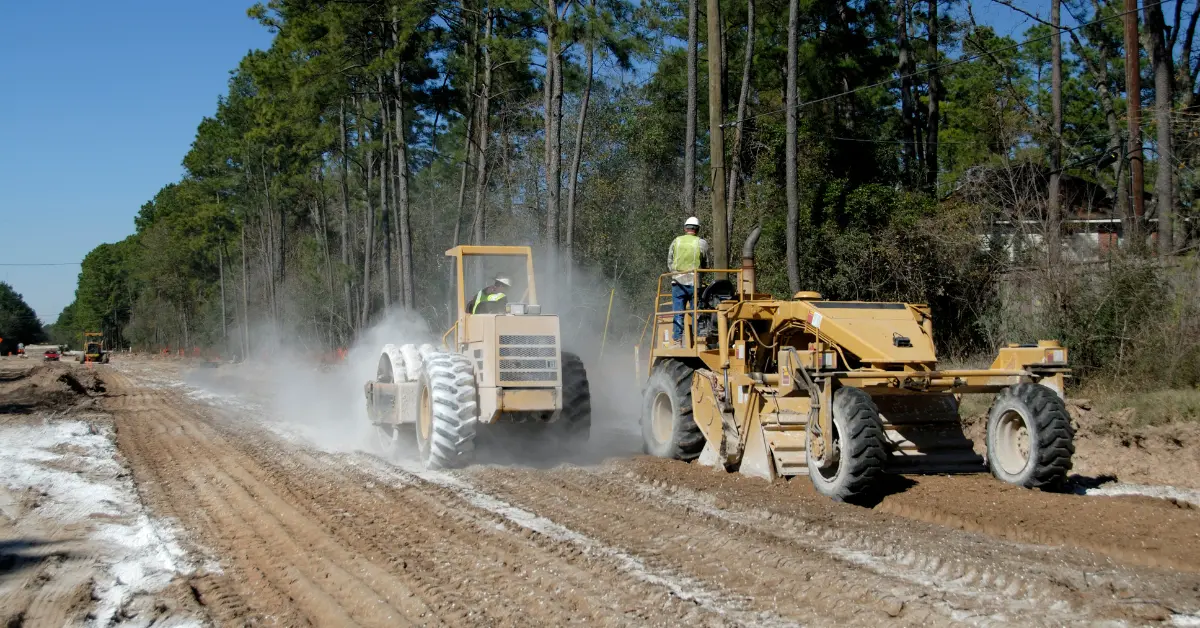




.jpg)











































